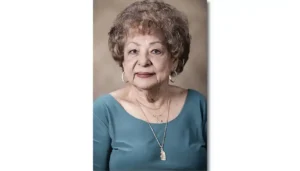
War Survivor: Agnes Guzman Duenas Perez
Hid from the bombings in a hole in Toto. Agnes “Neng” Guzman Duenas Perez (1930 – 2022) was 11 years when the war broke out

Hid from the bombings in a hole in Toto. Agnes “Neng” Guzman Duenas Perez (1930 – 2022) was 11 years when the war broke out
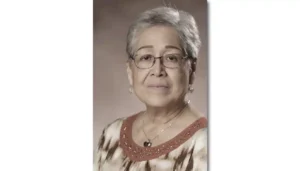
Born on the March to Manenggon. Rosanne Borja Santos Ada, (1944-2021), was born at the end of June 1944, the eighth child of Ana Sablan
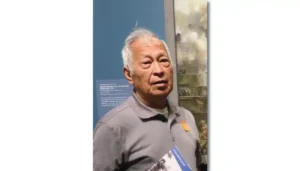
Emotional toll of war. As a young teenager, Justo Torre Leon Guerrero (1928 – ) experienced the ravages of war. Escaping the harsh torture that
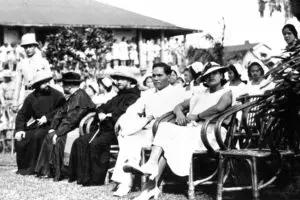
Wartime Protestant Minister. Joaquin Flores Sablan (1912 – 1993) lived a long life and cherished his career as a school teacher before and after World
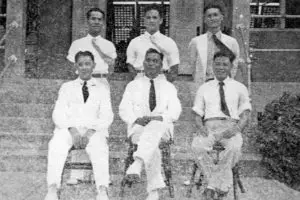
Simon Sanchez (1895 – 1975) was a pioneer in education and a key player in the establishment and formalization of Guam’s public school system during
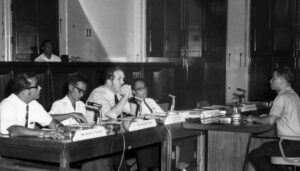
The Guam Legislature’s Subcommittee on Social, Cultural and Historical Factors Relating to the Political Status of Guam under the direction of Senator Richard Taitano produced
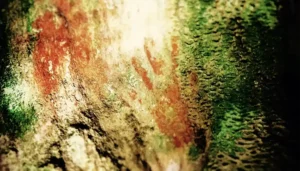
Women Rising: Indigenous Resistance to Militarization in the Marianas Archipelago. Graduate student Sylvia Frain examined how indigenous women nonviolently resist the invisible and visible sexist
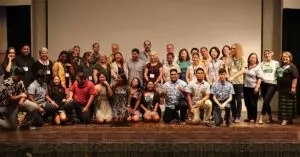
The third Marianas History Conference was held in Garapan, Saipan September 1-2, 2017. The conference, featuring 36 presentations on Marianas History, had originally been scheduled
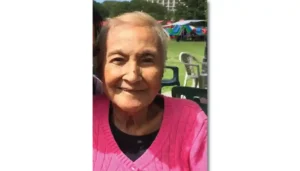
Concepcion “Connie” or “Chong” Balajadia Duenas (1934-2018) was a Mayor of Tamuning-Tumon-Harmon and was one first policewomen in Guam.
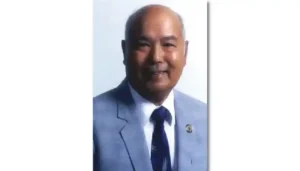
Ignacio “Buck” Cruz (1927-2017) was a public servant, World War II survivor and a long time Malesso’/erizo Mayor. Cruz served as commissioner and mayor of